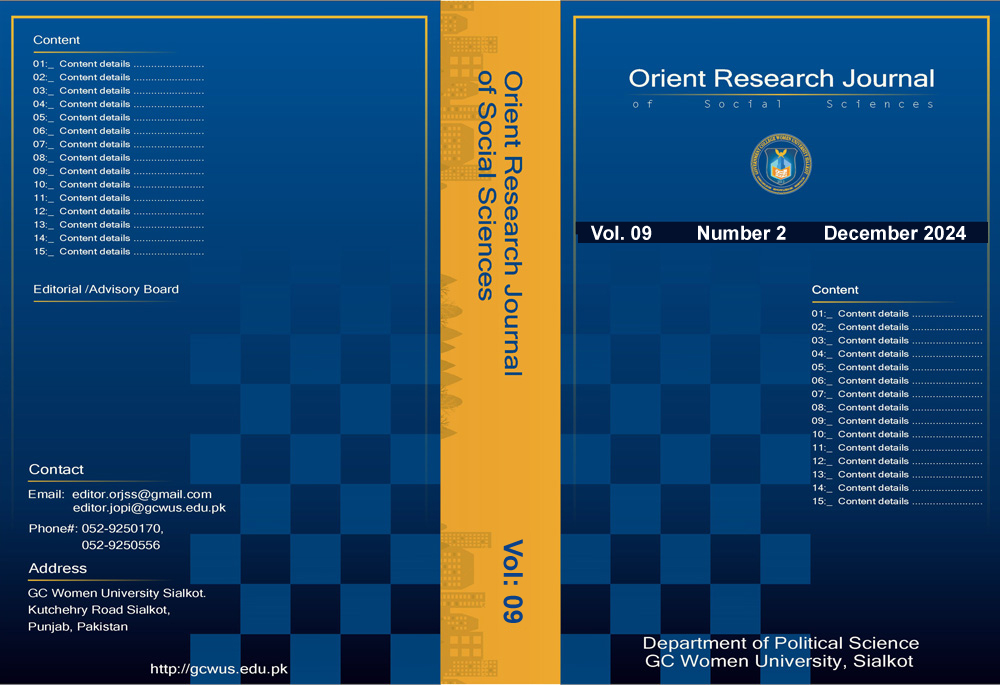A Study of the Chinese Localization of Buddhism: The Integration of Buddhism and Traditional Chinese Cultural Beliefs in the Wei, Jin, and North and South Dynasties Periods
Keywords:
Buddhist, Traditional Cultural Beliefs, Wei, Jin and North-South DynastiesAbstract
After the Five-Hu Rebellion, the Xianbei Clan built the Northern Wei Dynasty in 386 A.D., and the implementation of Sinicisation led to sharp class conflicts. Confucianism was in danger and Buddhism was on the rise. In the Wei and Jin Dynasties, wars were frequent, and the literati pursued transcendence, and Wushisan became popular. Taoist metaphysics and Buddhism were in line with each other, influencing social trends. Wei and Jin metaphysical style, Buddhism through the spread of metaphysics, was recognised by the literati, and Confucianism and Taoism folk beliefs collision and integration. This paper analyzes Buddhism's fusion with traditional Chinese culture through ancient texts, Buddhist classics, and modern scholarship. It uses example analysis, focusing on grotto literature and religious books, and comparative analysis with Confucianism and Taoism in doctrines, ceremonies, social functions. It explores this fusion's manifestations in Wei, Jin, and North-South Dynasties, analyzing political, economic, and cultural factors. This fusion reveals ancient Chinese thought's plurality and inclusiveness.
Downloads
Published
How to Cite
Issue
Section
License
Copyright (c) 2025 Orient Research Journal of Social Sciences

This work is licensed under a Creative Commons Attribution-NonCommercial 4.0 International License.




